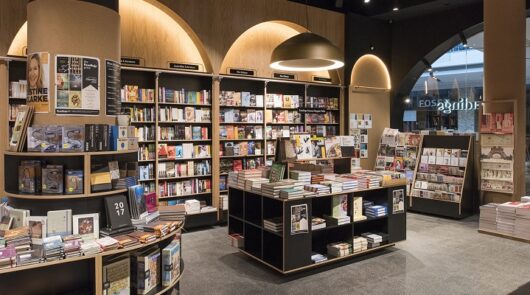Across the globe, the Holy Month of Ramadan sees a significant change in the daily lives of around a quarter of the world’s population, as families gather to celebrate.
For retailers in Asia it is also a period of significant opportunity due to increased retail activity. For example, employers in Indonesia hand out annual bonuses to staff around this time. With Ramadan having just come to a close this year, it is an opportune time for retailers to look forward to next year’s festivities, and see how they may be better prepared for it.
Research from Criteo notes that online retail sales rise significantly during Ramadan, with shoppers looking to purchase gifts for their family and friends. Combined with the thoughtful and meaningful nature of the goods being purchased, this retail surge increases pressure to meet shoppers’ rising expectations for more of a personalised shopping experience in store and online, while the supply chain and frontline store associates must also manage these increases in demand.
All this heightened retail activity presents an opportunity for retailers to extensively promote an omnichannel approach to optimise sales and use multiple options for ease of payment, including the all-important option to buy and pay using the ubiquitous smartphone.
The on-demand economy is creating higher shopper expectations, consequently adding more strain on retailers during this time of year. The ‘always-connected’ consumer has higher expectations than ever before. These include wanting the latest buying and shipping options, faster delivery and a seamless online experience.
Are retailers as connected as their customers?

Zebra’s Global Shoppers study shows that two-thirds (66 per cent) of surveyed store associates believe that if they are equipped with tablets, they could provide better customer service and improve the shopping experience. With understaffing being a more common occurrence and many staff feeling overworked, store associates are frustrated with their inability to assist customers. Most surveyed retail decision makers (83 per cent) and store associates (74 per cent) agreed that shoppers could have a better experience with technology-equipped sales associates. Shoppers agree, too: more than half (51 per cent) believe they are better connected with their smartphones than store associates.
Consequently, forward-thinking retailers are investing more in technologies to close this gap.
With significant shopping activity set to take place online, retailers and logistics providers have been rapidly improving on their delivery offerings. Consumers are taking no chances on missing home deliveries so click-and-collect deliveries are expected to grow. Many traditional retailers are encouraging store-based click-and-collect services, offering free or cheaper in-store collection to drive add-on sales when the customers enter their shops.
Retailers are also focusing on the new ‘ship-from-store’ strategy, using their store locations to double as online fulfillment centers for shipments and e-commerce returns. The Asia-Pacific version of Zebra’s Future of Fulfillment Vision Study found that seven in 10 executives surveyed agreed that more retailers will continue to turn stores into fulfillment centers that also accommodate product returns. In addition, 99 per cent of retailers plan to implement buy online/pick up in store. With rising customer expectations for same-day and even two-hour delivery, fulfilling digital orders from brick-and-mortar store locations is a strategy that retailers are beginning to embrace. Soon it will become a critical success requirement.
There is no doubt that increasing consumer demands and the complexity of omnichannel retailing has made supply-chain management more challenging than ever. Combined with huge demand peaks such as Ramadan, retailers and logistics firms have never had so much to plan for. Yet the rewards can be immense if they can match up to changing customer expectations.





